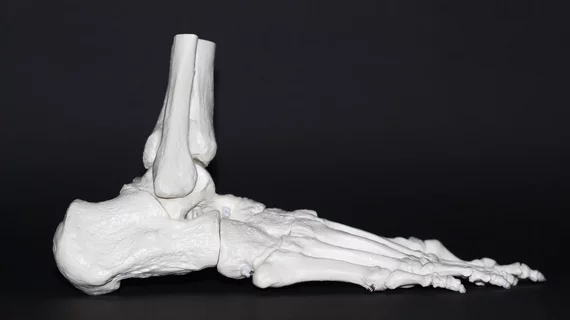Zebra cleared to market 3D printing for orthopedic surgery
An Israeli healthcare AI startup has earned a seventh green light from the FDA. Its latest algorithm can reconstruct X-rays of bones into 3D printouts with no less clarity than would be produced by advanced imaging modalities.
Zebra Medical Vision announced the win this week, saying it expects the development to open 3D pre-op planning to orthopedic surgeons working in places where CT and MRI are either unavailable or unaffordable.
The company says it trained the AI on “the largest real-world, medical-image database available today.”
“Expanding from radiology to orthopedic surgery supports our mission of leveraging machine learning and computer vision to help patients achieve better care everywhere with more readily available resources,” says Zebra CEO Ohad Arazi.
The FDA nod follows one Zebra received in July for AI-aided mammogram readings.
Previous clinical indications for which the company has received FDA 510(k) clearance include vertebral compression fractures, intracranial hemorrhage and osteoporosis.

